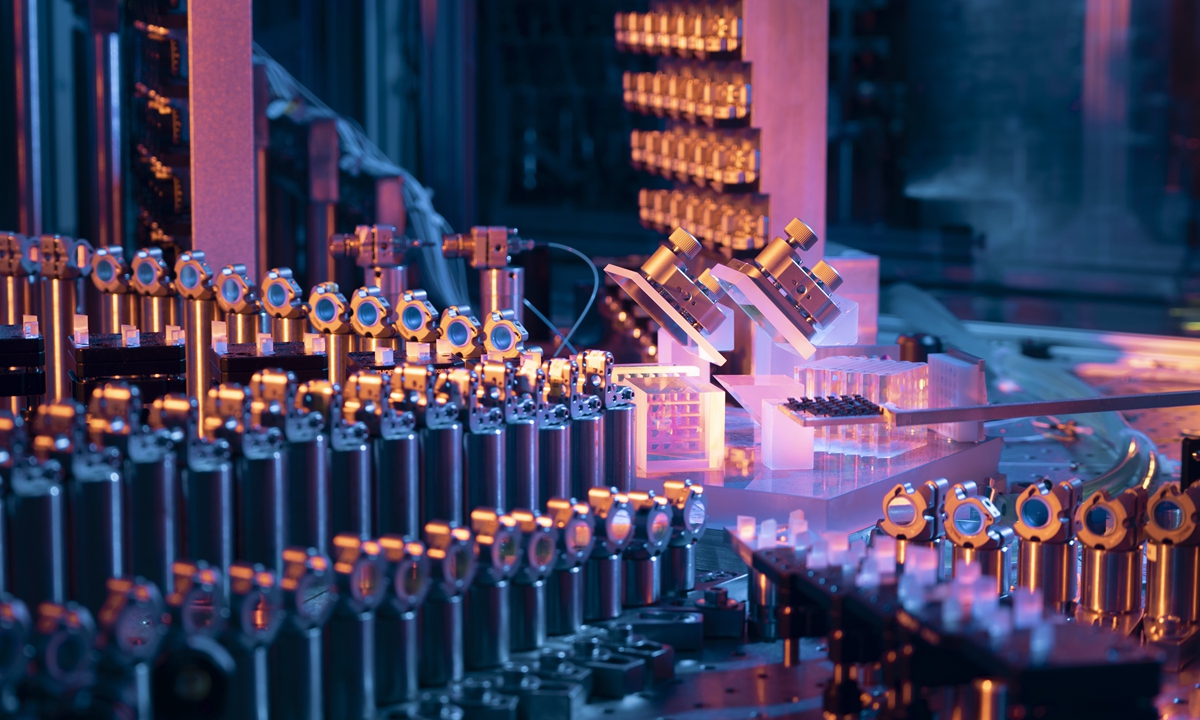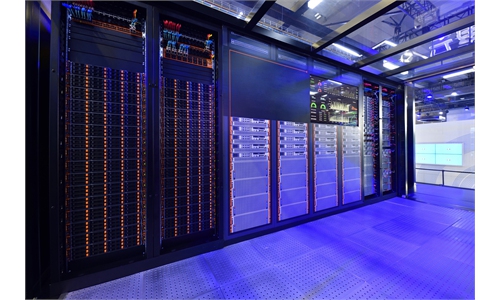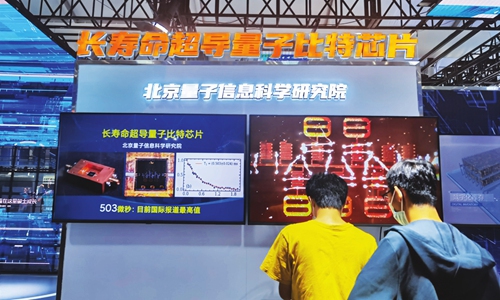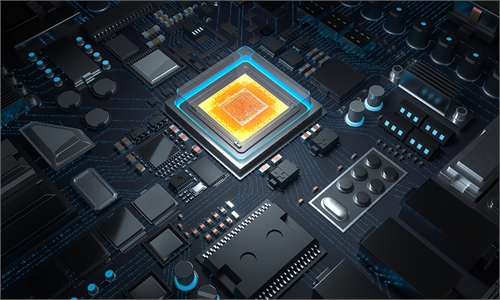
Light-based quantum computer prototype 'Jiuzhang 2.0' Photo: Courtesy of University of Science and Technology of China
Chinese research teams have made marked progress in superconducting quantum computing and photonics quantum computing technology, making China the only country to achieve quantum computational advantage in two mainstream technical routes, while the US has only achieved a "quantum advantage" in superconducting quantum computing, analysts say.
Quantum advantage is a scientific concept that states a quantum computer can do things in some fields beyond the capability of non-quantum or classical computers, but it will never replace classical computers, Yuan Lanfeng, a research fellow at the Hefei National Laboratory for Physical Sciences at the Microscale of the University of Science and Technology of China (USTC), told the Global Times on Tuesday.
The research team, headed by the renowned Chinese quantum physicist Pan Jianwei, designed a 66-qubit programmable superconducting quantum computing system, naming it "Zuchongzhi 2.1," after the noted 5th century Chinese mathematician and astronomer, significantly enhancing the quantum advantage, the Xinhua News Agency reported Tuesday.
"Zuchongzhi 2.1," is 10 million times faster than the current fastest supercomputer and its calculation complexity is more than 1 million times higher than Google's Sycamore processor. It's the first time that China has reached quantum advantage in a superconducting quantum computing system.
"Zuchongzhi 2.1" has achieved a quantum advantage for the first time compared with an earlier processor named "Zu Chongzhi", a 62-qubit programmable superconducting quantum prototype designed by a Chinese research team from the USTC in May, Lu Chaoyang, a professor of the USTC in Hefei, capital city of East China's Anhui Province, told the Global Times on Tuesday.
Pan's team also built a new light-based quantum computer prototype, "Jiuzhang 2.0," with 113 detected photons, which can implement large-scale Gaussian boson sampling (GBS) 1 septillion times faster than the world's fastest existing supercomputer, according to the Xinhua News Agency.
Yuan said that the number of detected photons for "Jiuzhang 2.0" increased to 113 from the previous 76 when the quantum computer prototype "Jiuzhang" first came out, which was a major technical breakthrough, as the difficulty increases exponentially with each additional detected photon.
The light-based quantum computer prototype "Jiuzhang" was built in December 2020, led by Pan and Lu, and demonstrated a quantum advantage.
Global Times



